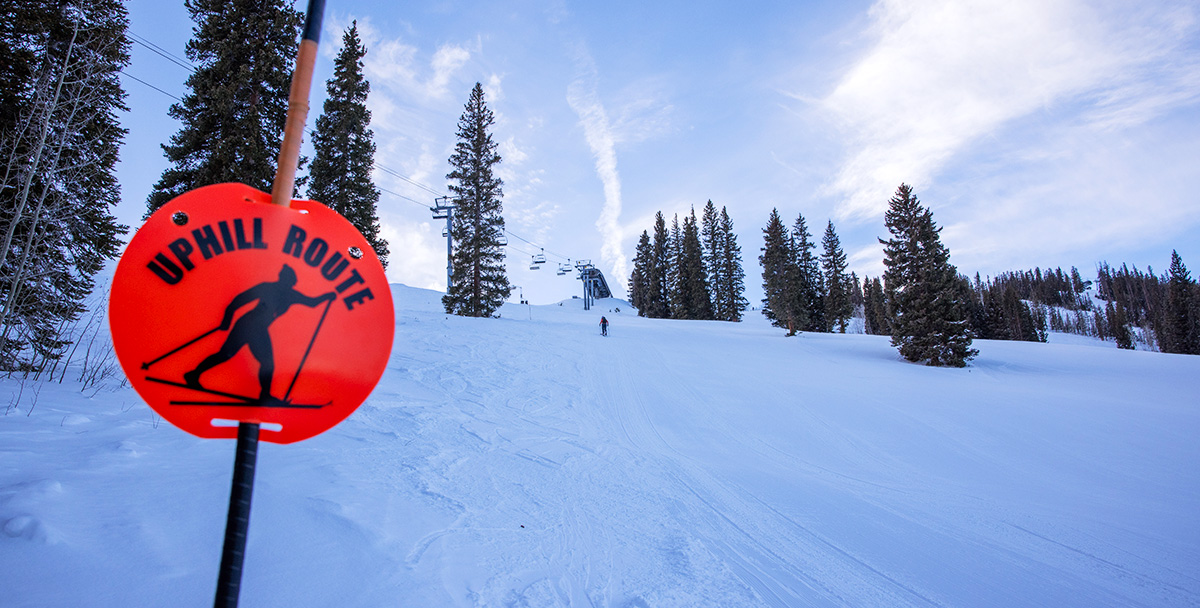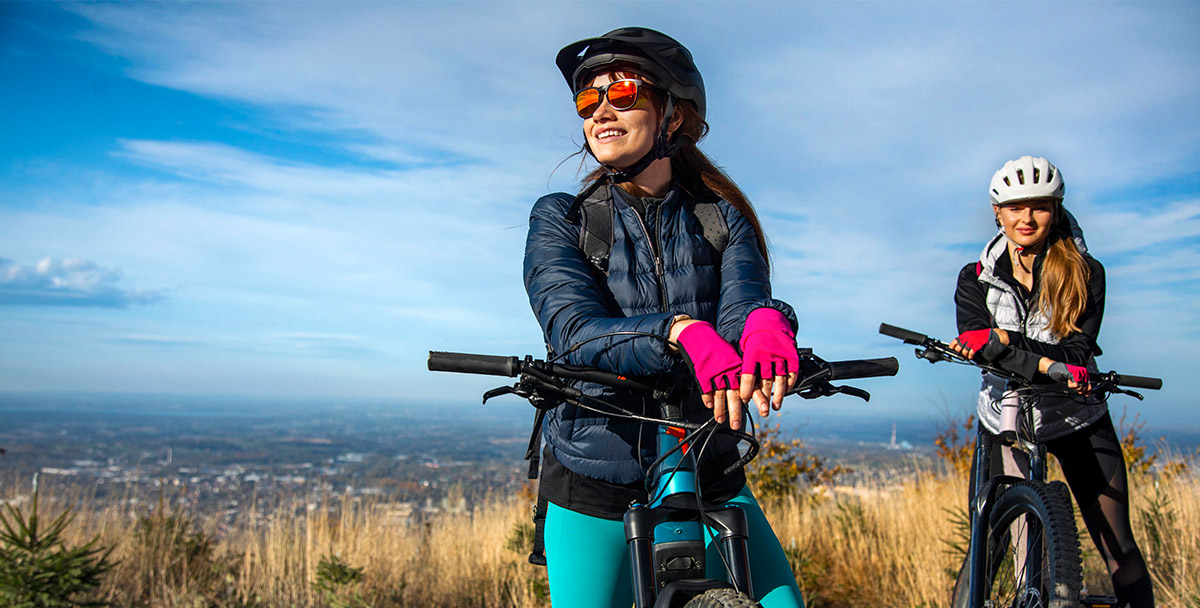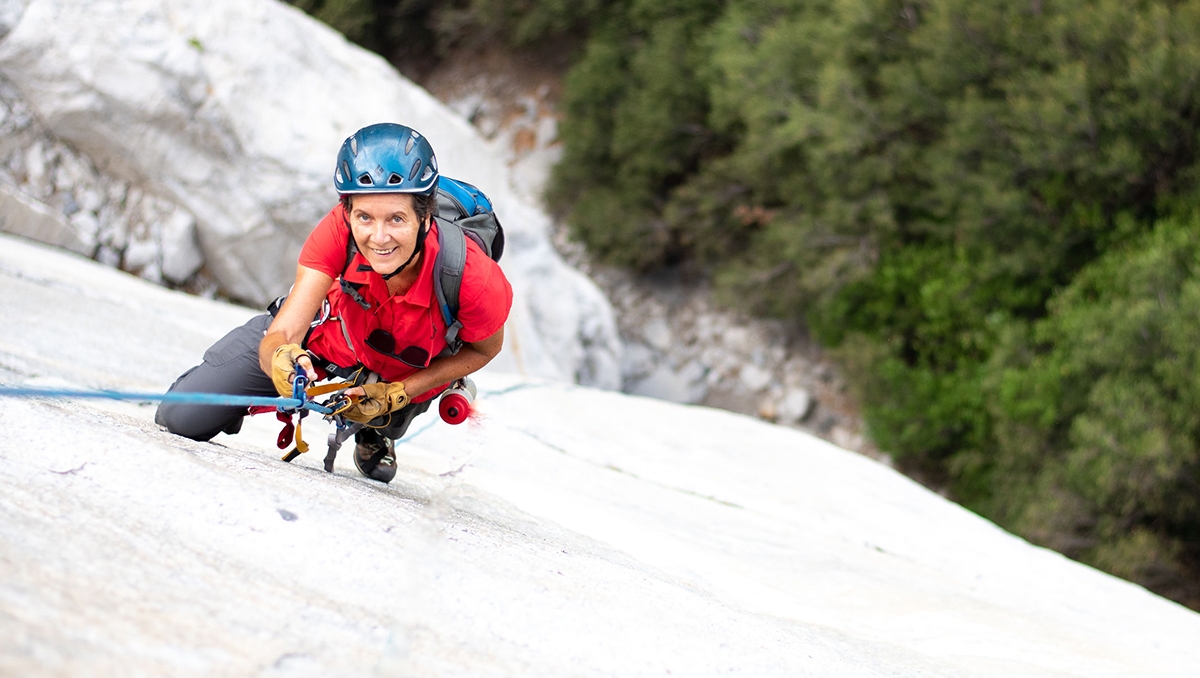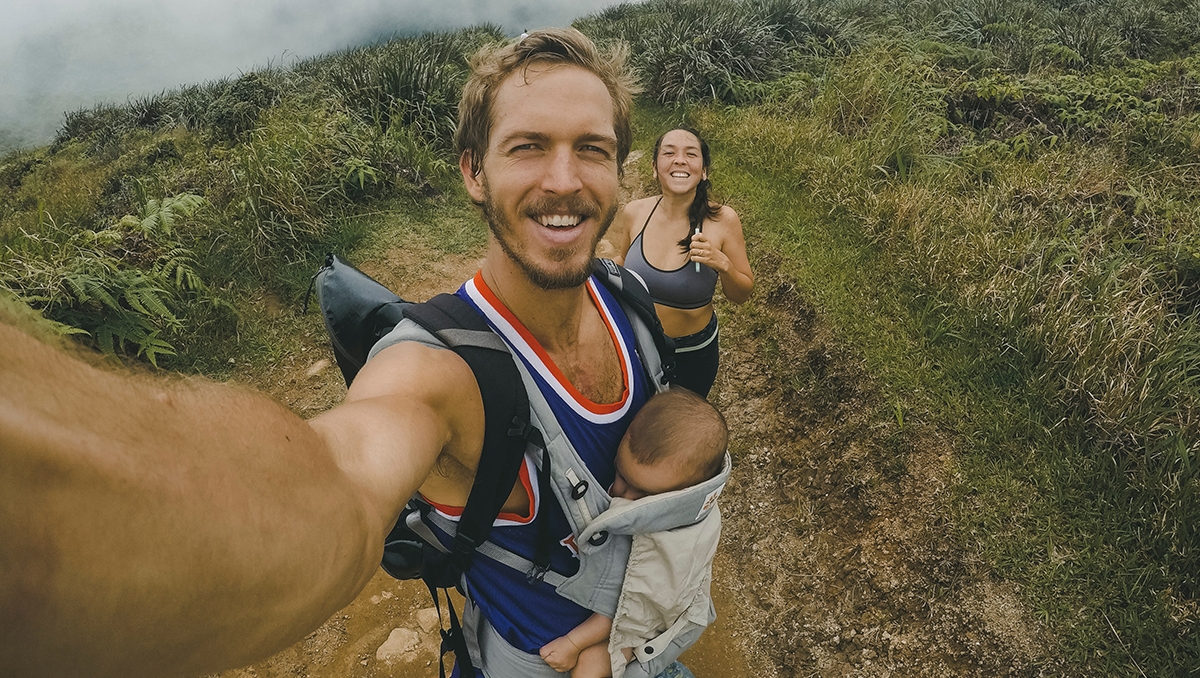Editor’s note: During the global COVID-19 crisis, many states in the U.S. are under stay-at-home orders. Please follow all national, state and local social distancing guidelines to stay safe. If you’re able to safely utilize a bike-sharing service, be sure to wipe down the bike with disinfectant before and after use.
In 2007, when Chris Holden was an undergrad at Western Carolina University in Cullowhee, North Carolina, he helped start a bike share across the roughly 600-acre campus. “We were taking old, donated bikes, fixing them up and painting them yellow as a way to identify them as part of this bike-share program,” he says. “The premise was if you found one of these bikes, it was free to use on campus. They were unlocked. A total honor system.” He and fellow organizers named the system the Yellow Bike Project.
Holden, now a psychology professor at Appalachian State University in Boone, North Carolina, with a 2013 Outback, loves to take advantage of bike-share programs whenever he can. He was thrilled to hop on a bike-share bike in Portland, Oregon, when he visited for a conference not long ago. The program there, sponsored by Nike, is called Biketown. “Before I even got there, I signed up for Biketown and mapped out my routes from my hotel to the conference center,” he says.
On another trip, Holden used Divvy, Chicago’s bike-share program, to ride 25 minutes from the Amtrak® station to his hotel. Using bike share is a wonderful way to explore a new city, he says. “When I’m on a bike, I’m just really able to soak in everything that’s going on around me,” he explains. “When you use a taxi, they’re zipping around and you don’t see everything. I like being immersed.”
In the 13 years since Holden was in college repairing donated bikes for the Yellow Bike Project, public bike shares have exploded – and they continue to grow at a rapid clip. More than 36 million trips were taken on station-based bike shares across the United States in 2018, up 9% from 2017, according to a report released by the National Association of City Transportation Officials (NACTO).
The two largest bike-share operators in the country – Motivate (which manages Biketown and Divvy) and BCycle – operate bike shares in close to 40 cities, from Boston, Cincinnati and Los Angeles to Madison, Wisconsin; Omaha, Nebraska; and El Paso, Texas. And that doesn’t count the cities that use smaller operators or have independent nonprofit programs, such as PikeRide in Colorado Springs, Colorado.
Each station-based system operates a little differently, but the basic model is this: You pay for a pass by the day, month or year and get a key or code to unlock a bike at any of the system’s stations. Ride the bike to another station anywhere in the city and lock it up there for the next person to take.
Bike shares provide a low-cost mobility option to people who need it. They’re also fun. More than half of bike-share riders surveyed for the NACTO report said they use bike-share systems for social riding.
“I live on Divvys,” says Chicago resident Colin Keeley. “I have a nice bike that I rarely use anymore because bike sharing is way more convenient. I bike to and from work, to meetings throughout the city, to the beach on the weekends. They make the city feel smaller because I know I can always hop on a bike to get home or somewhere faster.”
If you’re thinking about trying the bike share in your city or want to know the best way to hop on next time you’re somewhere new, here’s some advice on how to make the most out of it.
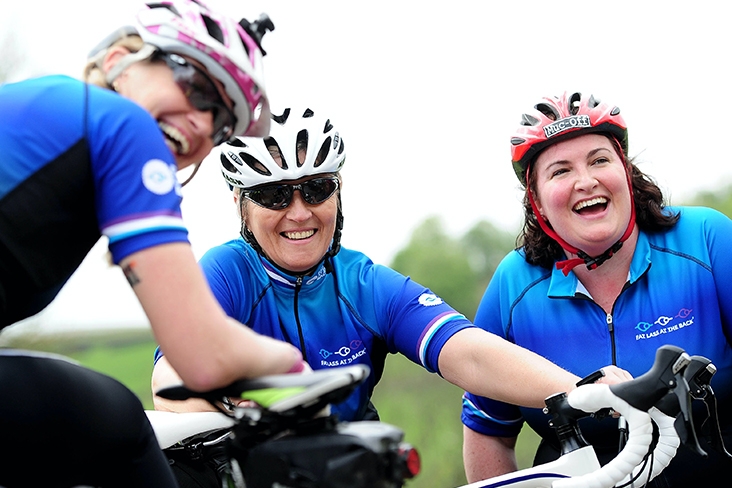
Safety First
The one thing you’ll need to bring with you to the bike station is a helmet. Make sure you have one that fits properly. You’ll also want the right footwear – closed-toe, flat-sole shoes that fit securely – and if you’re riding after dark, it’s best to wear reflective or bright-colored clothing.
Take Advantage of Bike Valets
Many bike shares, including all nine under Motivate’s umbrella, offer a valet service at certain stations during certain hours. This means that the dock is staffed with an employee who can monitor bike drop-off and pick-up, moving returned bikes into a locked pen to free up bike docks for the next arriving riders. This service is often offered at docks near sports arenas or concert venues before a big game or show, so you can ride there without the stress of worrying if you’ll have a place to park.
Download the Right App
In 2018, BCycle rolled out the first of its innovative new smart bikes, called Dash bikes. The bikes, now in Tulsa, Oklahoma, Memphis, Tennessee, and Jackson, Wyoming, are equipped with a screen between the handlebars. Type in your destination and the GPS-enabled system will display turn-by-turn directions, taking city-designated bike routes into account. As smart bikes hopefully become ubiquitous around the country, navigation will get much easier. For now, many bike shares have apps that offer reliable directions, often more in tune with city bike lanes than Google Maps. Visit your bike share’s website to make sure you’re downloading the right app; in some cities, competitors abound on the app store.
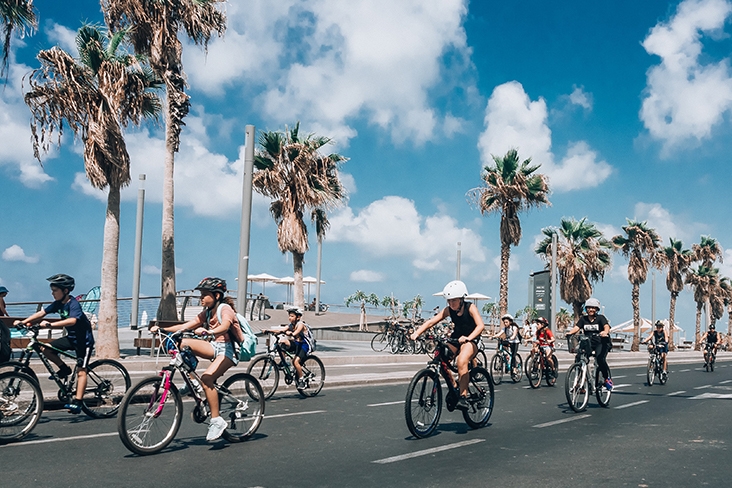
Seek Out Fun Programs
Follow your bike share on social media to see if they’ve set up any community-building contests or programs. For example, the bike shares in Chicago and New York host summer scavenger hunts. Once a week, riders will find a clue or trivia question online that points them to a mystery location. If you can figure it out and be the first to pedal there and post a photo on social media with your bike, you can win a prize.
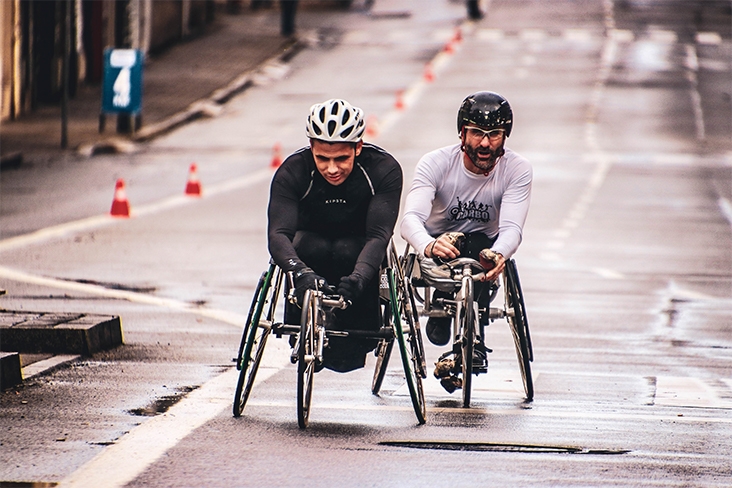
Ask About Adaptive Bikes
Some bike-share systems, including Biketown in Portland, offer adaptive bikes, such as three-wheeled bikes and other options, for riders who need them. If you’re seeking an adaptive bike, call your bike share to inquire about options. Maybe they have a program – or maybe you can help them start one.
